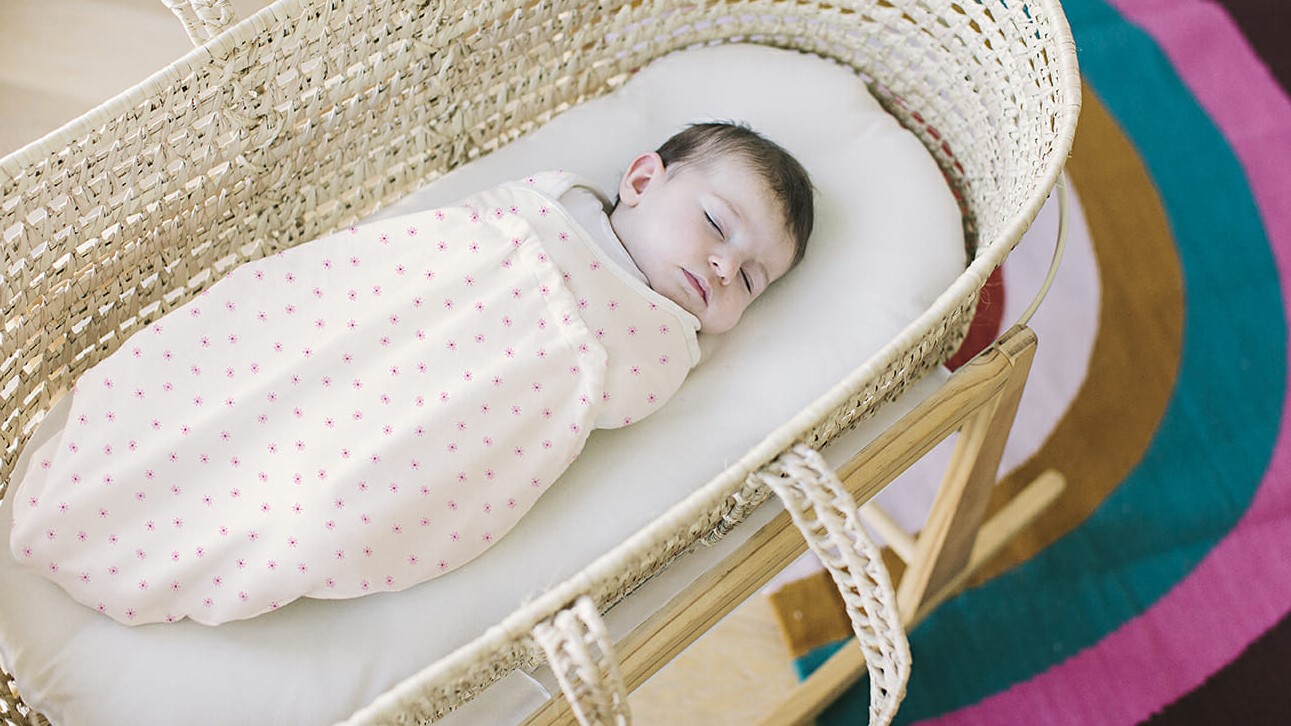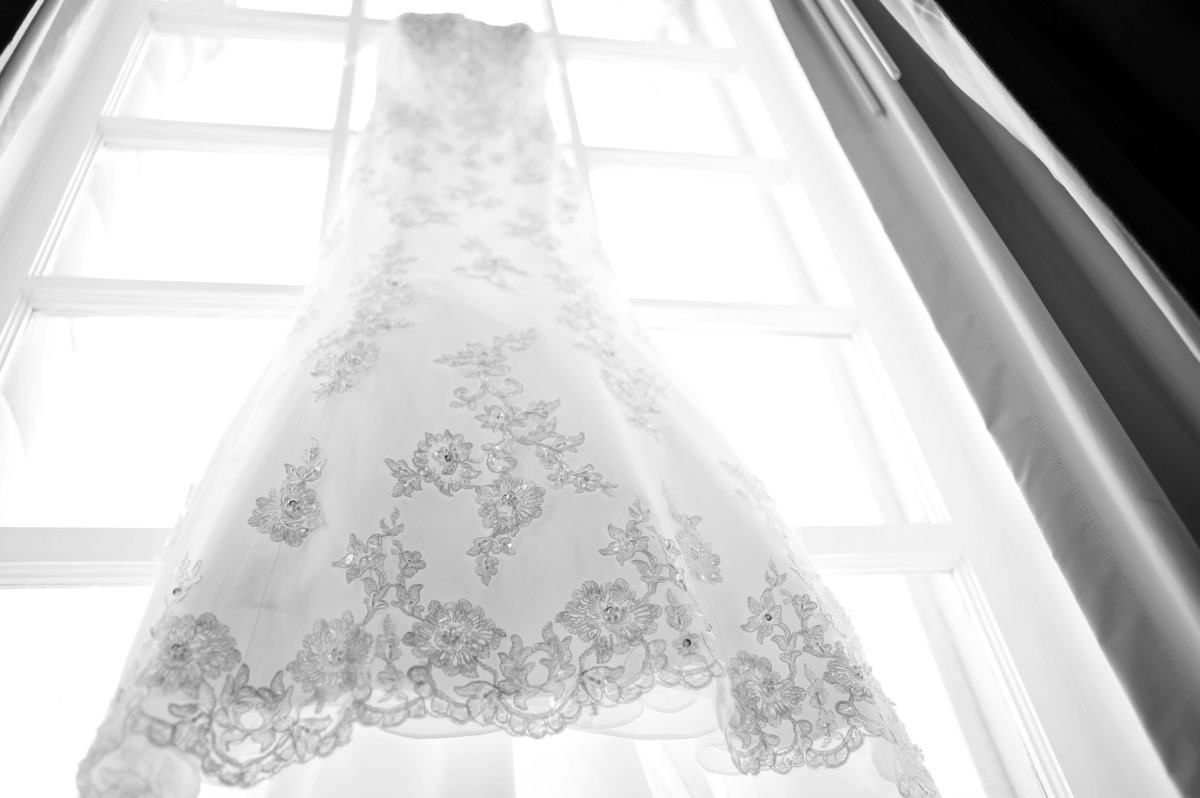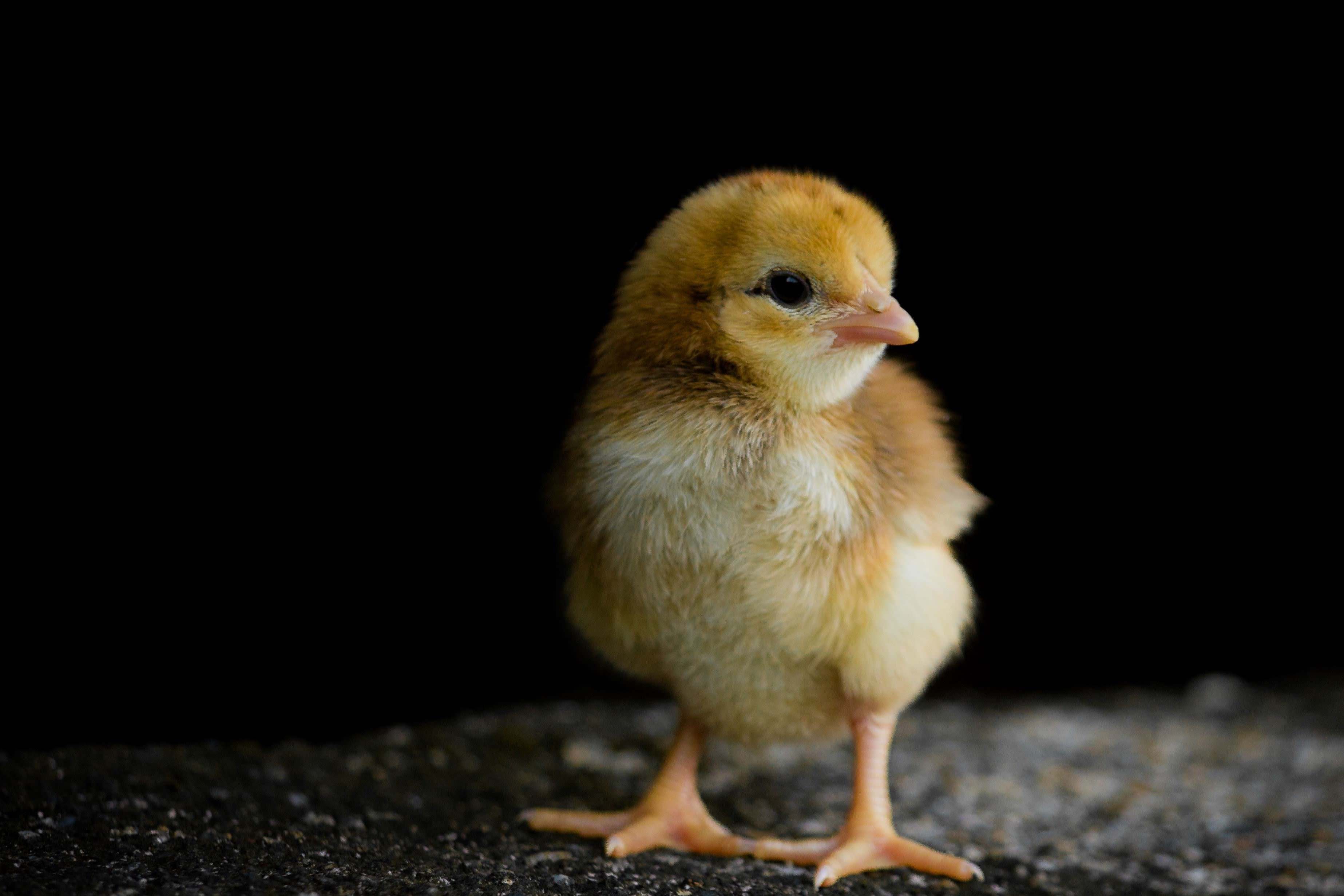Home>Parenting and Children>How To Dress Baby For Sleep


Parenting and Children
How To Dress Baby For Sleep
Published: March 7, 2024
Learn the best tips for dressing your baby for a good night's sleep. Get expert advice on parenting and children's sleepwear.
(Many of the links in this article redirect to a specific reviewed product. Your purchase of these products through affiliate links helps to generate commission for Noodls.com, at no extra cost. Learn more)
Table of Contents
Introduction
Dressing your baby for sleep is an essential aspect of their nighttime routine. It's not just about keeping them warm and comfortable; it's also about ensuring their safety and promoting healthy sleep patterns. The right sleepwear can help regulate your baby's body temperature, reduce the risk of Sudden Infant Death Syndrome (SIDS), and contribute to better sleep quality for both your little one and yourself.
Ensuring that your baby is appropriately dressed for sleep is a crucial responsibility for parents and caregivers. It involves more than just choosing cute pajamas; it requires careful consideration of the fabric, fit, and environmental factors to create a conducive sleeping environment for your baby. In this article, we will delve into the importance of dressing your baby for sleep, how to select the right sleepwear, and valuable tips to ensure your baby is comfortably and safely dressed for bedtime.
Read more: How To Tie A Wrap Dress
Importance of dressing baby for sleep
Dressing your baby for sleep holds significant importance in ensuring their well-being and promoting healthy sleep habits. Here are several key reasons why this aspect of your baby's bedtime routine is crucial:
-
Regulating Body Temperature: Babies have difficulty regulating their body temperature, making them more susceptible to overheating or getting too cold. The right sleepwear helps maintain their body temperature at an optimal level, ensuring their comfort throughout the night.
-
Reducing the Risk of SIDS: Sudden Infant Death Syndrome (SIDS) is a concern for many parents. Proper sleepwear, such as sleep sacks or wearable blankets, can reduce the risk of SIDS by eliminating the hazards associated with loose bedding or blankets in the crib.
-
Promoting Comfort and Restful Sleep: Comfortable sleepwear can contribute to your baby's overall comfort, allowing them to settle into a restful sleep more easily. When babies are comfortable, they are less likely to wake frequently during the night, promoting better sleep for both the baby and the parents.
-
Protecting Sensitive Skin: Babies have delicate and sensitive skin that requires gentle care. Choosing the right sleepwear made from soft, breathable fabrics can help prevent skin irritation and discomfort, ensuring that your baby sleeps peacefully without any skin-related disturbances.
-
Creating a Safe Sleep Environment: Dressing your baby appropriately for sleep is part of creating a safe sleep environment. By avoiding loose blankets, pillows, or clothing that could pose suffocation risks, you contribute to a secure sleeping space for your little one.
-
Establishing a Bedtime Routine: Dressing your baby for sleep is an integral part of establishing a consistent bedtime routine. This routine signals to your baby that it's time to wind down and prepare for sleep, helping them understand and anticipate the transition from playtime to bedtime.
Understanding the significance of dressing your baby for sleep empowers you to make informed choices when selecting sleepwear and creating a conducive sleep environment for your little one. By prioritizing their comfort, safety, and overall well-being, you contribute to the development of healthy sleep habits that can benefit your baby in the long run.
Choosing the right sleepwear for baby
Selecting the appropriate sleepwear for your baby is a crucial aspect of ensuring their comfort, safety, and optimal sleep quality. When choosing sleepwear, it's essential to consider factors such as fabric, fit, and the prevailing environmental conditions to provide the best possible sleeping experience for your little one.
Fabric
The choice of fabric plays a pivotal role in determining the comfort and safety of your baby's sleepwear. Opt for soft, breathable fabrics such as cotton or bamboo-derived materials. These fabrics are gentle on your baby's delicate skin, allowing air circulation and reducing the risk of overheating. Additionally, natural fabrics are less likely to cause skin irritation, making them ideal choices for your baby's sleepwear.
Fit
The fit of your baby's sleepwear is equally important. Avoid clothing that is too tight or restrictive, as this can cause discomfort and disrupt your baby's sleep. Conversely, excessively loose sleepwear poses entanglement hazards. Opt for sleepwear that fits snugly but allows freedom of movement, ensuring that your baby is comfortable without any restrictions.
Read more: How To Tie Belt On Dress
Seasonal Considerations
Adjusting your baby's sleepwear according to the prevailing season is essential. During colder months, opt for sleepwear with long sleeves and legs or consider using a sleep sack or wearable blanket to provide additional warmth. In warmer weather, lightweight and breathable sleepwear is preferable to prevent overheating. By adapting your baby's sleepwear to the seasonal variations, you help maintain their comfort and regulate their body temperature effectively.
Safety Features
When selecting sleepwear for your baby, prioritize safety features that minimize potential hazards. Avoid sleepwear with drawstrings, ribbons, or any loose embellishments that could pose choking or entanglement risks. Additionally, opt for sleepwear that meets safety standards and guidelines to ensure that it is free from any potentially harmful substances or components.
Consider Environmental Factors
Take into account the temperature and humidity levels of your baby's sleeping environment. This includes considering factors such as room temperature, ventilation, and the use of additional bedding or sleep accessories. By aligning your baby's sleepwear with the environmental conditions, you can create a comfortable and safe sleeping environment that promotes restful sleep.
By carefully considering these factors when choosing your baby's sleepwear, you can ensure that they are comfortably and safely dressed for sleep. Prioritizing the right fabric, fit, seasonal adaptations, safety features, and environmental considerations contributes to a conducive sleep environment that supports your baby's well-being and healthy sleep patterns.
Tips for dressing baby for sleep
Dressing your baby for sleep involves more than just putting on a cute onesie or pajamas. It's about creating a comfortable and safe sleep environment that promotes restful slumber. Here are some valuable tips to ensure that your baby is appropriately dressed for bedtime:
1. Layering for Versatility
Consider using a layered approach when dressing your baby for sleep, especially in fluctuating temperatures. By layering clothing, you can easily adjust their sleepwear to accommodate changes in room temperature throughout the night. Start with a comfortable base layer, such as a onesie or bodysuit, and add a lightweight sleep sack or wearable blanket for additional warmth if needed.
2. Opt for Breathable Fabrics
Choose sleepwear made from breathable fabrics, such as cotton or bamboo-derived materials, to promote air circulation and reduce the risk of overheating. These fabrics are gentle on your baby's skin and help maintain a comfortable body temperature, ensuring that your little one sleeps soundly without feeling too hot or sweaty.
3. Consider Footed Pajamas
Footed pajamas can be a convenient choice for keeping your baby's feet warm during cooler nights. They eliminate the need for separate socks, ensuring that your baby stays cozy and comfortable without the risk of losing individual socks in the crib.
4. Mind the Room Temperature
Be mindful of the room temperature where your baby sleeps. Aim to maintain a comfortable and safe temperature range, typically between 68 to 72 degrees Fahrenheit (20 to 22 degrees Celsius). Adjust your baby's sleepwear accordingly to ensure they are neither too hot nor too cold during the night.
5. Avoid Loose Bedding and Accessories
Steer clear of loose blankets, pillows, or stuffed animals in your baby's sleep environment, as these can pose suffocation hazards. Instead, opt for sleep sacks or wearable blankets that provide warmth without the risk of covering your baby's face or interfering with their breathing.
6. Prioritize Comfort and Safety
When dressing your baby for sleep, prioritize their comfort and safety above all else. Ensure that sleepwear fits well without being too tight or restrictive, and avoid any embellishments or features that could pose choking or entanglement risks.
7. Regularly Assess Your Baby's Comfort
Pay attention to your baby's cues and behavior to gauge their comfort level. If they seem restless or excessively fussy, it may indicate that they are either too hot or too cold. Adjust their sleepwear accordingly to ensure they are comfortable and able to settle into a peaceful sleep.
8. Be Mindful of Seasonal Changes
As the seasons change, reassess your baby's sleepwear to align with the prevailing weather conditions. Transition to lighter fabrics and minimal layering during warmer months, and opt for warmer sleepwear options during colder seasons to keep your baby comfortable and cozy.
By implementing these tips, you can ensure that your baby is dressed appropriately for sleep, creating a safe and comfortable sleep environment that supports their well-being and promotes healthy sleep patterns.
Read more: How To Field Dress A Deer
Conclusion
Ensuring that your baby is dressed appropriately for sleep is a fundamental aspect of their overall well-being and nighttime routine. By understanding the significance of selecting the right sleepwear, considering factors such as fabric, fit, and environmental conditions, and implementing valuable tips, you can create a safe and comfortable sleep environment that promotes restful slumber for your little one.
The importance of dressing your baby for sleep extends beyond mere comfort; it encompasses crucial elements such as regulating body temperature, reducing the risk of Sudden Infant Death Syndrome (SIDS), and establishing a consistent bedtime routine. By prioritizing your baby's comfort, safety, and overall well-being, you contribute to the development of healthy sleep habits that can benefit them in the long term.
Choosing the right sleepwear for your baby involves thoughtful consideration of fabric choices, ensuring a proper fit, adapting to seasonal variations, and prioritizing safety features. By aligning your baby's sleepwear with the prevailing environmental factors, you create an optimal sleeping environment that supports their comfort and promotes uninterrupted sleep.
Implementing practical tips, such as layering for versatility, opting for breathable fabrics, and being mindful of room temperature, allows you to tailor your baby's sleepwear to their specific needs, ensuring that they are neither too hot nor too cold during the night. Additionally, prioritizing comfort and safety, while avoiding loose bedding and accessories, contributes to a secure sleep environment that fosters peaceful slumber for your baby.
As a parent or caregiver, regularly assessing your baby's comfort and adjusting their sleepwear accordingly demonstrates your attentiveness to their needs, ultimately contributing to a restful and rejuvenating sleep experience for your little one.
In conclusion, dressing your baby for sleep is a multifaceted responsibility that encompasses comfort, safety, and environmental considerations. By embracing this responsibility with care and attention to detail, you play a pivotal role in nurturing healthy sleep habits and ensuring that your baby enjoys a peaceful and restorative sleep each night.











